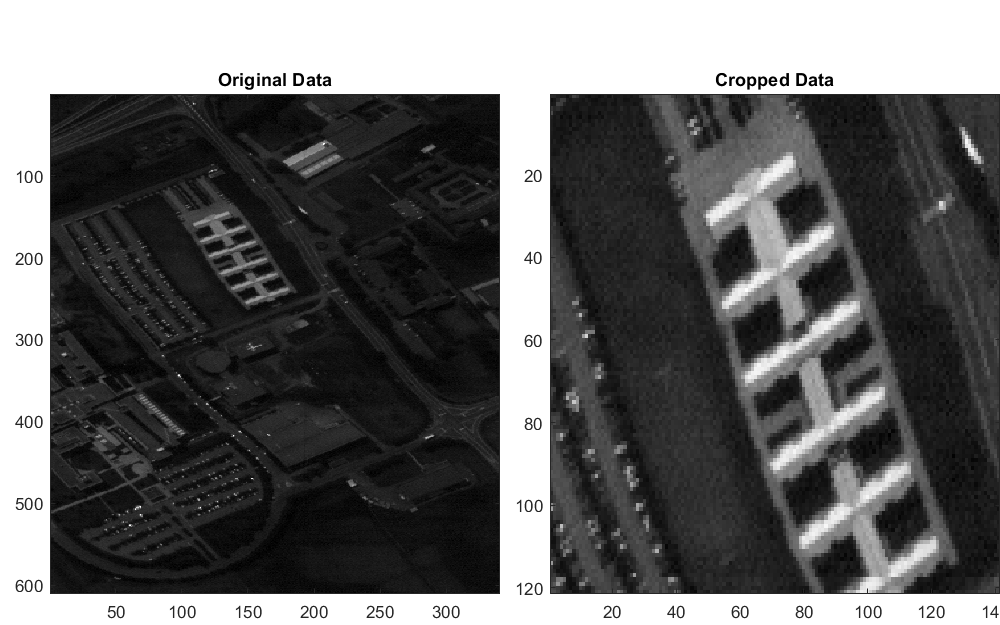Main Content
cropData
Description
newhcube = cropData(hcube,row,column,band)band.
Note
This function requires the Hyperspectral Imaging Library for Image Processing Toolbox™. You can install the Hyperspectral Imaging Library for Image Processing Toolbox from Add-On Explorer. For more information about installing add-ons, see Get and Manage Add-Ons.
The Hyperspectral Imaging Library for Image Processing Toolbox requires desktop MATLAB®, as MATLAB Online™ or MATLAB Mobile™ do not support the library.
Examples
Input Arguments
Output Arguments
Version History
Introduced in R2020a

